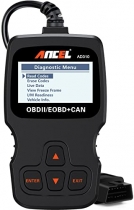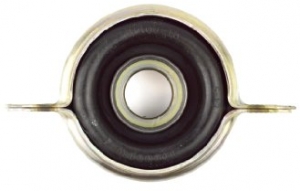-
Welcome to Tacoma World!
You are currently viewing as a guest! To get full-access, you need to register for a FREE account.
As a registered member, you’ll be able to:- Participate in all Tacoma discussion topics
- Communicate privately with other Tacoma owners from around the world
- Post your own photos in our Members Gallery
- Access all special features of the site
First Time Using Floor Jack (for tire rotation)
Discussion in 'Technical Chat' started by TheGeneral, Nov 20, 2015.


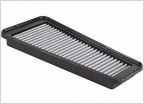 Dry Air Filter AME or aFe
Dry Air Filter AME or aFe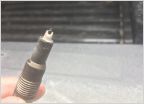 The Truth About Spark Plugs....
The Truth About Spark Plugs.... Scan tool recommendation for trans temp detect mode when changing fluid
Scan tool recommendation for trans temp detect mode when changing fluid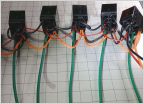 Pre-Wiring Switches using Carling VCH Switch Housings
Pre-Wiring Switches using Carling VCH Switch Housings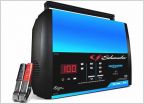 What battery charger are you using?
What battery charger are you using?














